If you’ve noticed water collecting and not draining properly in your toilet or shower area for more than 8 hours or so, you might be experiencing what’s known as water ponding. This is an issue that can be seen in both new and older homes, but it shouldn’t be ignored — over time, it can lead to slippery floors and hygiene problems.
Let’s break down what water ponding really is, why it happens, and how you can fix it.
🚿 What Is Water Ponding?
Water ponding refers to the collection of water in some spots on the floor where it doesn’t drain away properly. Instead of flowing towards the floor trap (drain), water remains pooled in certain areas — often after a shower, or cleaning.
❓Why Does Water Ponding Occur?
There are a few common reasons why ponding happens, especially in bathrooms and wet areas:
1. Improper Floor Gradient (Slope)
This is the most common cause. The floor should be built with a slight gradient, sloping towards the drain to guide water flow. If the gradient is too flat — or worse, sloped the wrong way — water will collect and remain stagnant.
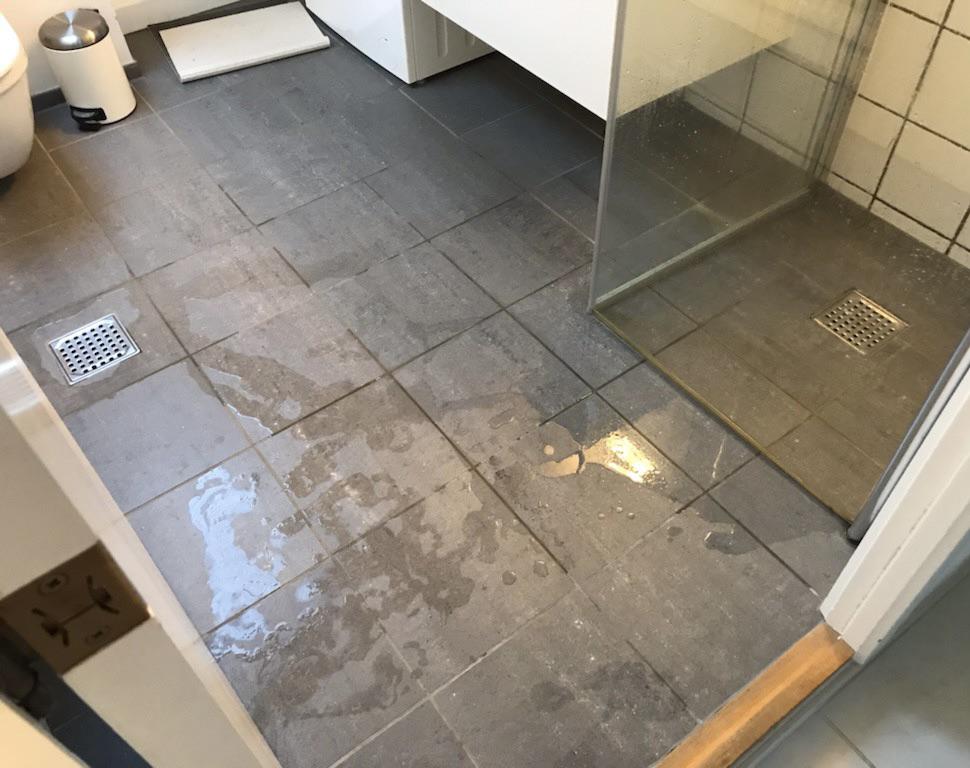
2. Obstructions Blocking Water Flow
Even if the floor has the correct gradient, fixtures like toilet bowl and shower kerb can block the natural flow of water towards the drain, creating “trapped” zones where water collects.
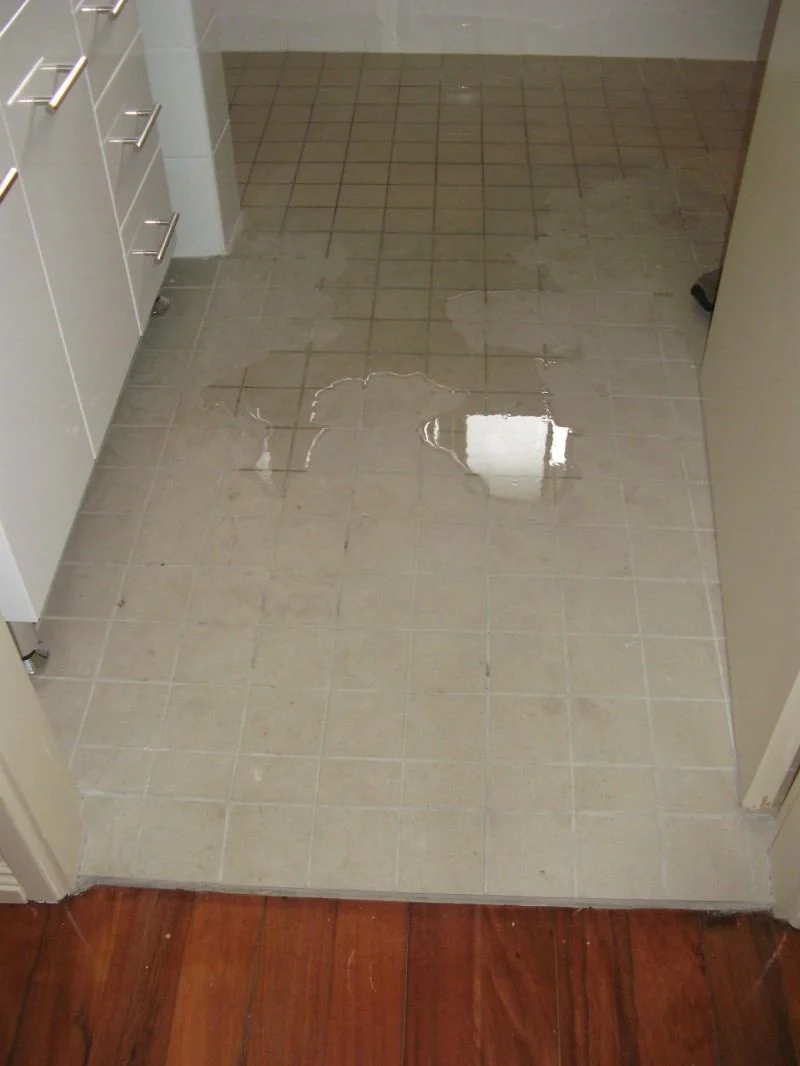
3. Depressed areas due to poorly laid tiles
Uneven tiles can create low spots that potentially trap water. This can lead to mold issues, slippery surfaces, and long-term floor damages.
🚫 Why It’s a Problem
Safety hazard – Water ponding increases the risk of slipping, especially in wet areas.
Hygiene issues – Standing water attracts bacteria, mold, and can cause bad smells.
💡 Bonus Tip: Epoxy Overlay as a Solution
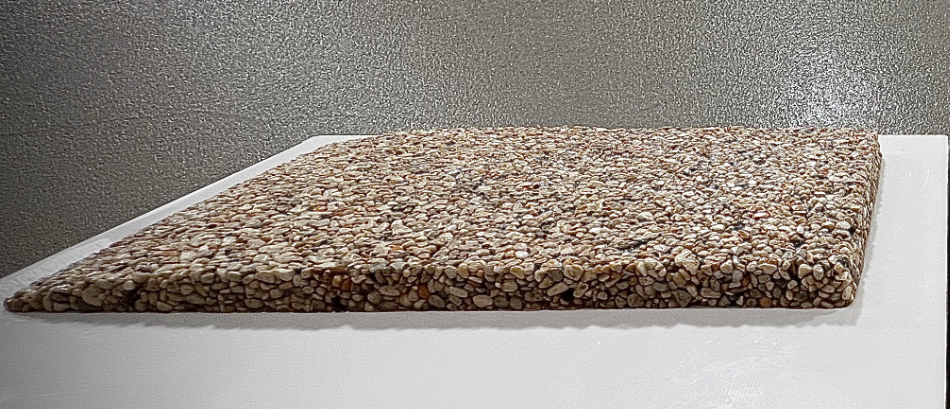
If you’re facing minor water ponding and looking for solutions, this is the perfect time to correct the gradient issues. Epoxy overlays can add a slight build-up in height during application, which helps to improve floor slope and address minor water ponding problems — giving you a clean, level surface that looks good and drains better too. However, for more severe water ponding issues, simply adjusting the gradient with an overlay may not be enough to fully resolve the problem.
Final Thoughts
Water ponding might seem like a minor annoyance, but over time it can cause big issues. The good news? It’s preventable and fixable.
By understanding what causes the ponding and how to address it, you’ll enjoy a cleaner and a safer home.
Related Posts
June 18, 2025
What is an epoxy overlay and why is it a popular choice in Singapore now?
Sticky
An epoxy overlay is a layer made from epoxy resin that’s applied over existing…
September 18, 2025
Epoxy Overlay vs Tiles in Singapore: Which Is Better for Your Home?
When renovating a home in Singapore, one of the common questions is: Should I…
June 19, 2025
PebblePro+ by Obalay: Turn Your Home Into a Sanctuary—with the Natural Touch of Pebble floor
PebblePro+ is a premium epoxy pebble overlay, made from a curated mix of…
June 19, 2025
Overlay Reality Check: What Areas Are Off-Limits?
Epoxy overlays can be applied on most firm and solid surfaces, including tricky…
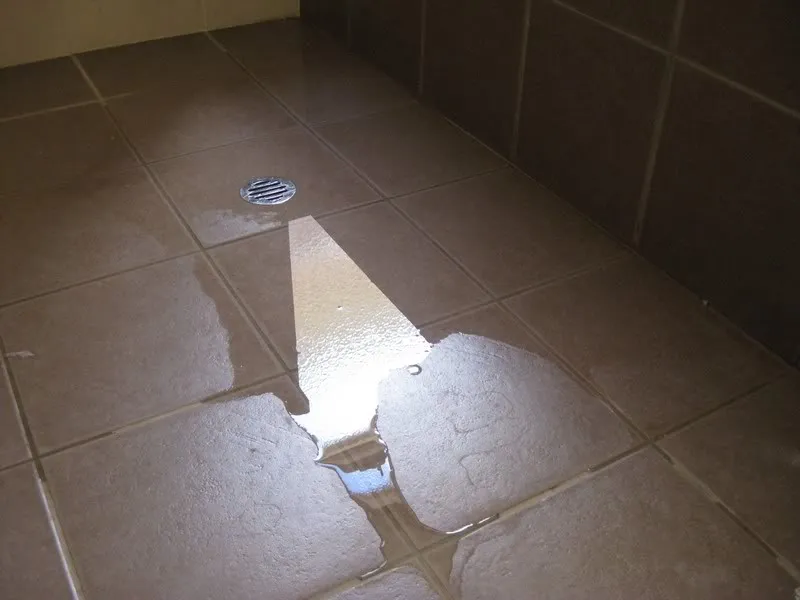

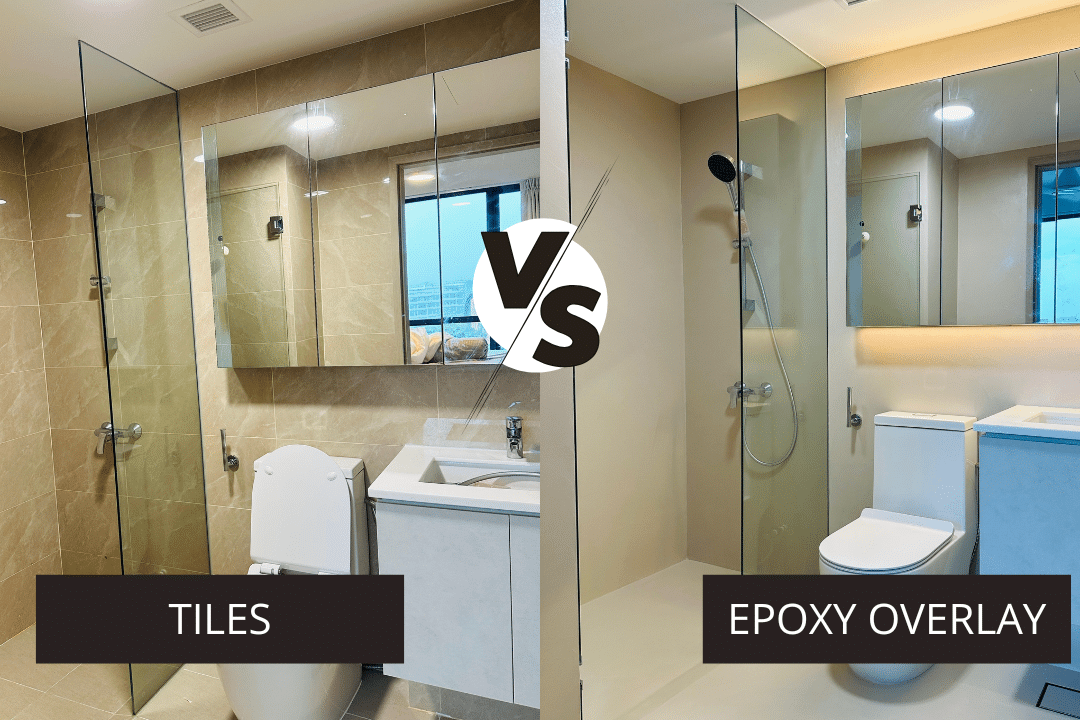
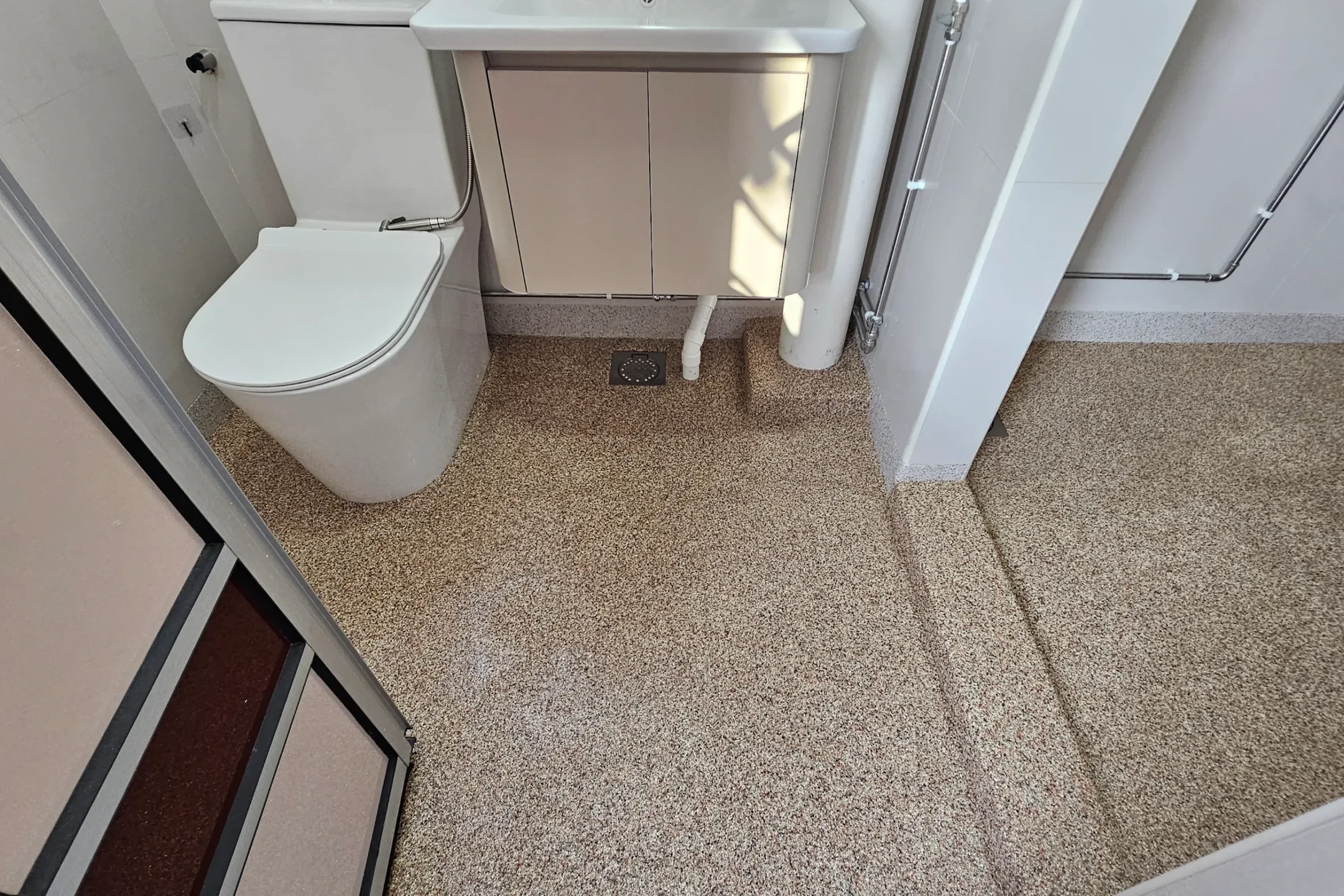

Pretty nice post. I just stumbled upon your blog and wanted to say that
I’ve truly enjoyed browsing your blog posts. After
all I’ll be subscribing to your feed and I hope you
write again very soon!
Appreciate your kind words! Thanks for subscribing, and we look forward to sharing more with you soon.
Thanks for breaking down what to look for in a painting contractor.
I didn’t realize how much prep work goes into a
good exterior job. Great tips—especially about checking license and insurance.
Thanks for taking the time to share your thoughts! Really glad the post resonated with you.